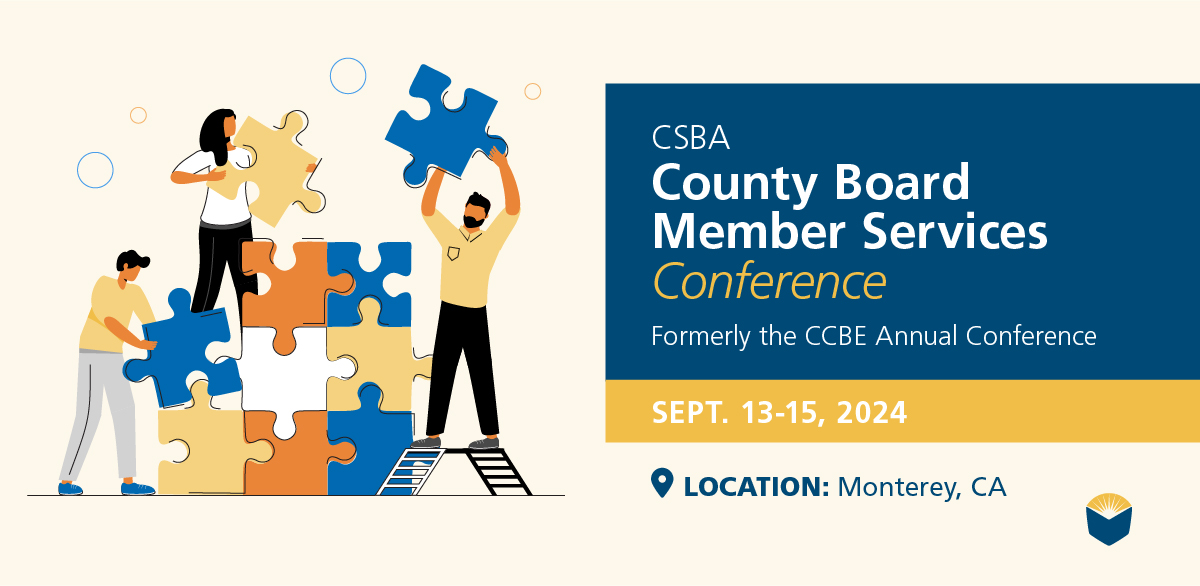On April 27, the California Supreme Court issued a unanimous decision in the case of Davis v. Fresno Unified School District. The case relates to a 2012 lease-leaseback construction agreement used by Fresno Unified School District to construct a new $36.7 million middle school. The project was funded by the sale of two general obligation bonds, which passed as bond measures in the district in 2001 and 2010. The newest opinion holds that for purposes of a validation cause of action, the lease-leaseback agreement is not a “contract,” and the case will therefore move forward on consideration of a personal taxpayer disgorgement issue only.
Validation actions
The Court’s analysis in the most recent Davis v. Fresno Unified School District decision focused on validation causes of action and when they are an appropriate means to challenge the validity of a lease-leaseback that is independently financed by a school district. Validation causes of action are a powerful legal tool that public agencies, such as an LEA, can use to confirm the legality of an action like a bond or contract through a court. If an LEA brings a validation action, any challengers must answer in the validation action, or they are forever barred from challenging the action.
As the Court described in the most recent Davis ruling, in 1961 the Legislature passed a general validation procedure in an effort to standardize the existing patchwork of validation actions. Code of Civil Procedure sections 860-870 establish the procedure and require another existing code section to authorize the validation action. Members of the public can also bring “reverse validation actions” based in Code of Civil Procedure section 863 to invalidate a public agency’s action and show its illegality. In this case, Davis is the party bringing the reverse validation action. Government Code section 53511 is the authorizing statute permitting the validation action, and the Court analyzed it to determine whether it was applicable to the lease-leaseback agreement in question.
The lease-leaseback process
Instead of taking out debt that may require voter approval, lease-leaseback construction arrangements, authorized by Education Code section 17406, provide school districts with a different method of financing school construction. Using this method, school districts lease the property where a new building will be constructed (often for only one dollar) to a builder who then constructs the new facility during the term of the lease. The contractor is compensated when the district leases the property and new facilities back and makes lease payments to the contractor over many years. During the construction process, the builder secures the necessary financing, rather than the school district securing funding, and acquiring debt. At the end of the multiyear leaseback period, ownership of the property and new facilities vests with the district and the contractor has been paid in full.
Fresno USD did not use this more traditional approach to lease-leaseback for the construction of the new middle school. Instead, the district leased the property to the selected contractor for one dollar, the contractor began construction of the middle school, and the property was leased back to Fresno while the new facility was still being constructed. Instead of making payments to the contract during the leaseback period after construction was completed, each month Fresno made a lease payment to the contractor during construction that equaled the value of the work done on the new facility.
Fresno v. Davis lawsuit background
Stephen Davis, a taxpayer in the Fresno Unified School District and president of a construction company, filed a lawsuit challenging the lease-leaseback agreement and structure used by Fresno USD to build the new middle school. The lawsuit began in November 2012 and has been long watched by districts throughout the state, due to the benefits lease-leaseback agreements bring to districts and the impact that the outcome of this case could have on past and future agreements. Davis is seeking an order requiring the contractor to pay back all the funds received for the project to the district, amongst other remedies.
Since the filing of the lawsuit in 2012, the trial court has issued two rulings in favor of Fresno USD, and both have been appealed by Davis. In the first appeal, the court of appeal reversed and remanded the lower court’s judgement for Fresno USD. The trial court then granted Fresno’s motion for judgment on the pleadings, finding that the lawsuit was moot (meaning there was no active or live dispute for the court to consider) once the construction of the new school was completed and the leases were terminated. Davis appealed, and the court of appeal reversed the decision.
As part of its finding on whether or not the case was moot, the court of appeal held that the case involved two causes of action, rather than the one reverse validation cause of action that the trial court found. As described above, validation actions allow public agencies to obtain a judgment upholding the validity of an agency action. Non agency litigants, like Davis, can use reverse validation actions to show that an agency action was impermissible.
In addition to the reverse validation action, the court of appeal also found that Davis raised disgorgement action as well. Disgorgement causes of action aim to prevent unjust enrichment by requiring a party who profits from an illegal action to give up the profits. Ultimately, the court of appeal held that validation claim was inapplicable and therefore only the disgorgement claim could move forward. Fresno USD appealed to the California Supreme Court (the Court), challenging the court of appeal’s conclusion about the applicability of the validation cause of action based on several arguments related to the interpretation of the word “contract” and concept of “indebtedness,” citing to previous cases as analogous to the current set of facts, and emphasizing that the case is moot as a result of those arguments. The Court granted review of the case.
The most recent ruling
The Court’s opinion states at the outset that the only issue considered in the opinion is whether “a lease leaseback arrangement in which construction is financed through bond proceeds rather than by or through the builder [is] a ‘contract’ within the meaning of Government Code section 53511[.]” Ultimately, the Court held that Fresno USD’s arguments in favor of the validation cause of action were not persuasive because this lease-leaseback was not a “contract” as defined in the applicable Government Code section (section 53511) regarding validation actions.
The Court made a point to state that the split in court of appeal decisions about structuring lease-leaseback agreements without a multiyear leaseback component, similar to what Fresno USD did for the middle school project, was not analyzed or decided by the Court here. This decision focused only on the specific question of whether the validation action was the “appropriate procedural vehicle for challenging the validity of a lease-leaseback project that is independently financed by the school district.” As described, the Court found that it was not, and consequently LEAs cannot rely on validation actions under Government Code section 53511 to confirm the legality of lease-leaseback agreements that are independently financed by the LEA.
Moving forward, the case will return to the trial court level for the disgorgement cause of action to be considered.





